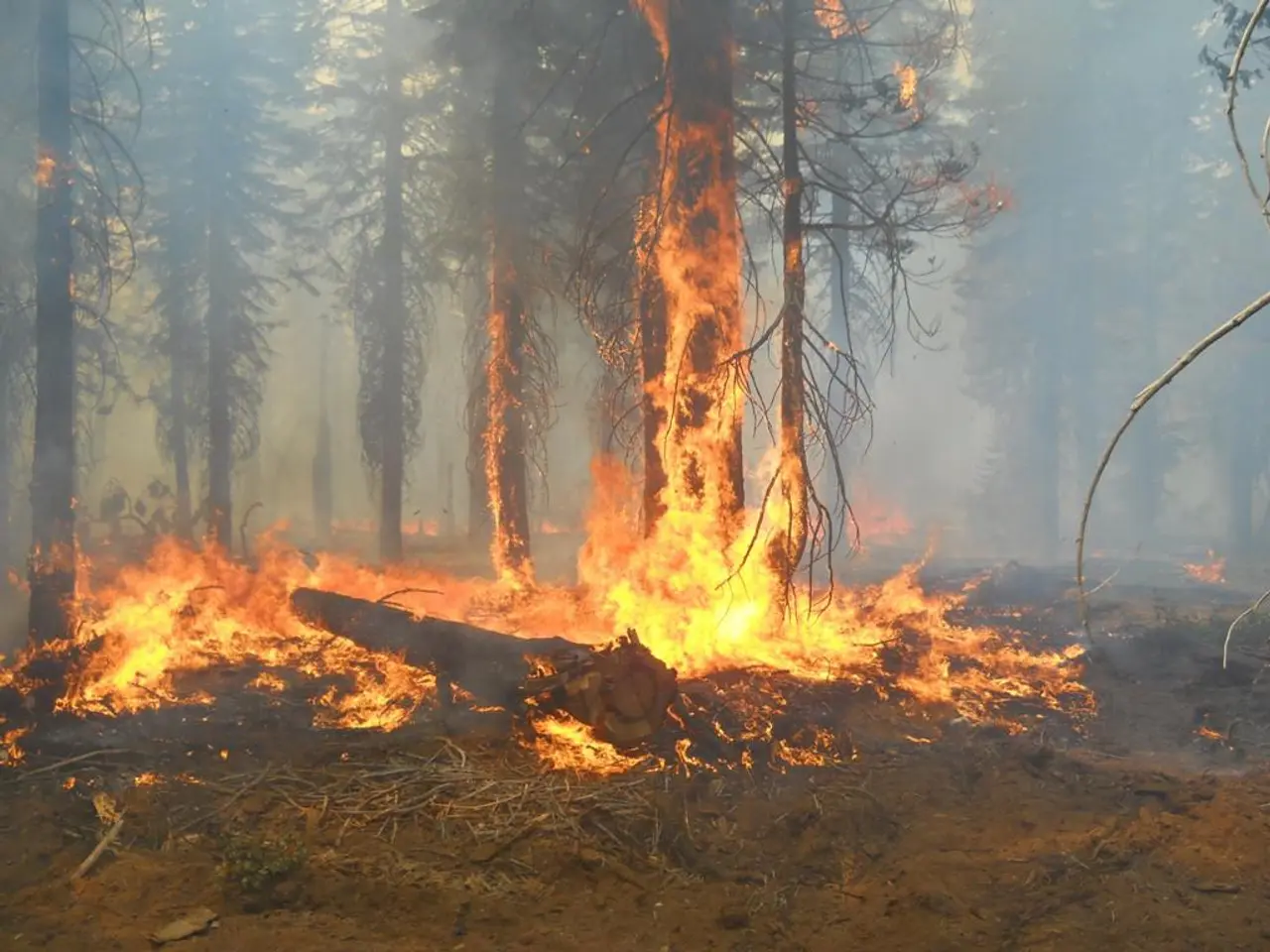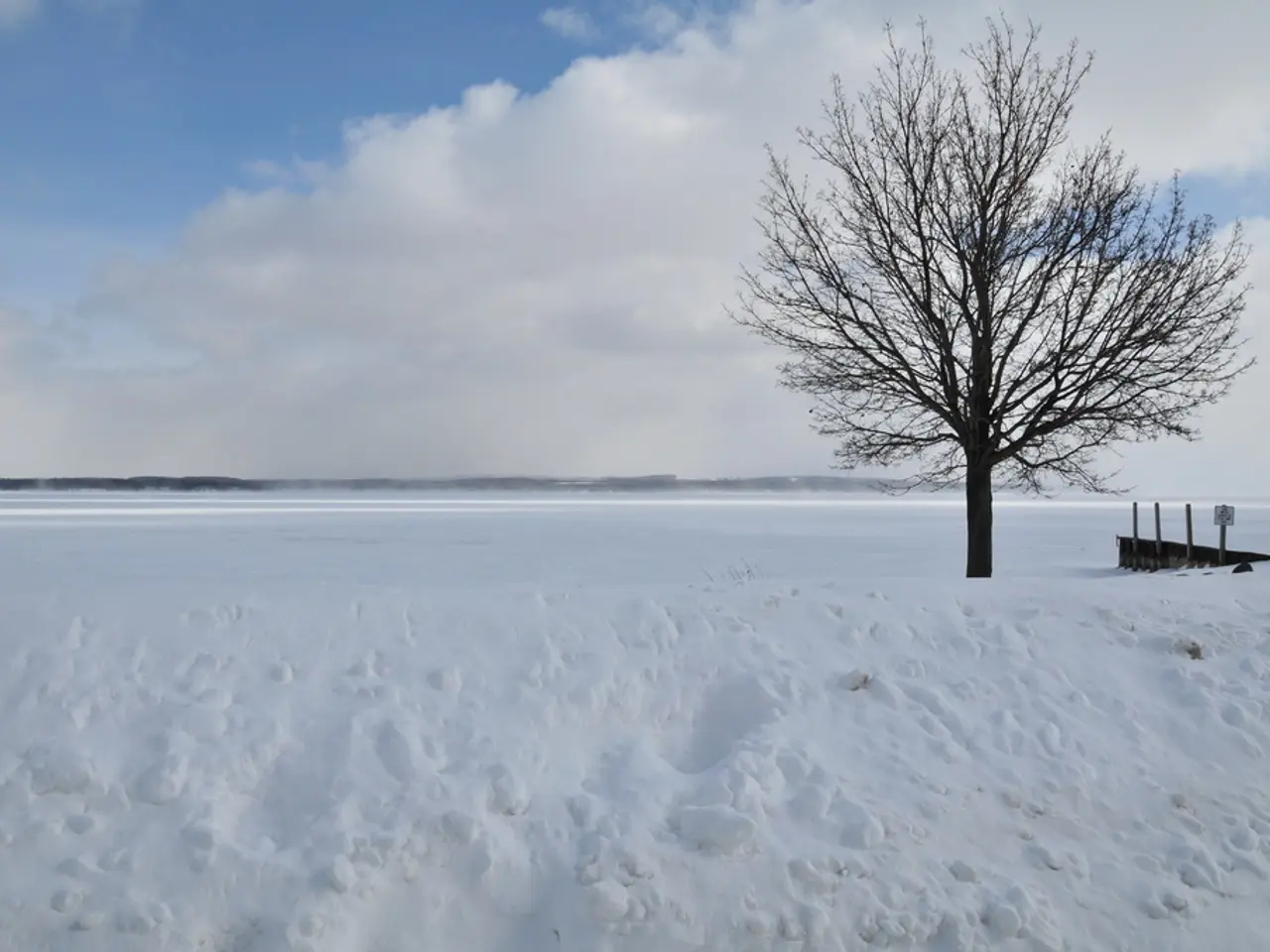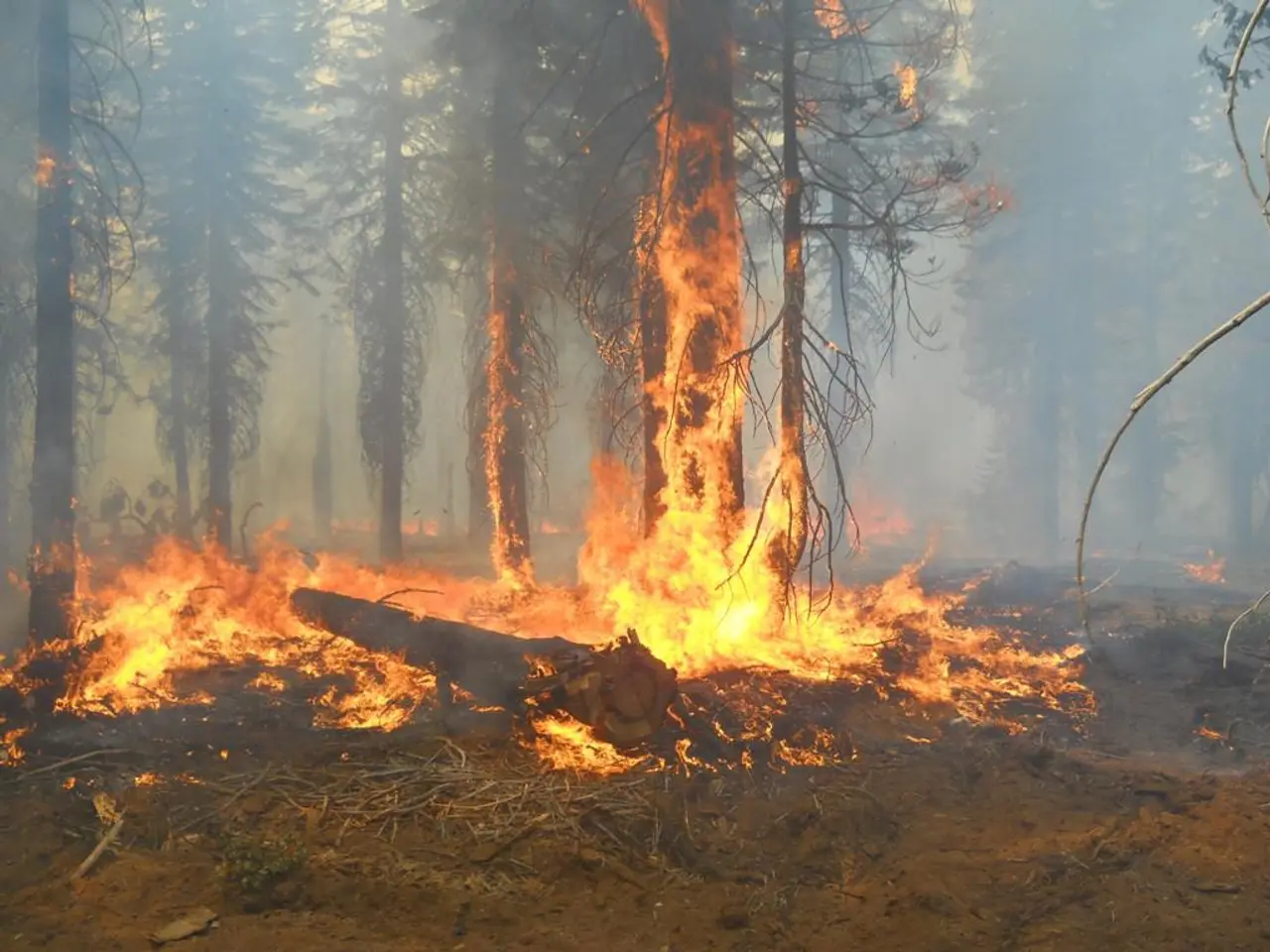Driven by the Intense Californian Wildfires, Many Residents Flee the Forests
The Gifford Fire Rages in California
A wildfire, known as the "Gifford Fire," is currently burning in the Los Padres National Forest, north of Santa Barbara, California. The fire started on August 1, 2025, and has grown significantly since then, threatening numerous structures and causing injuries to civilians and firefighters.
As of August 9, 2025, the fire has grown to approximately 104,402 acres with 21% containment. It continues to burn actively on both sides of Highway 166, particularly spreading more on the south side. The fire threatens nearly 2,912 structures, with 2 structures confirmed destroyed.
The cause of the fire is still under investigation, with the initial ignition believed to have occurred from four separate points along Highway 166 that merged. The firefighting response involves over 3,600 personnel, including engines, helicopters, dozers, hand crews, and air tankers. Evacuation orders have been issued for nearby communities, and ongoing containment efforts continue amid challenging terrain and dry conditions.
The Gifford Fire is currently the largest wildfire in California for the 2025 season, reaching what is sometimes called "mega fire" status due to its large scale. It is among the many large wildfires burning across multiple states in this active wildfire season.
While it is difficult for experts to prove a direct link between climate change and individual wildfires, climate change is associated with an increase in hot days, drought, high temperatures, low air humidity, and wind, all of which can increase the risk of wildfires. California has already been particularly affected by wildfires in the first half of the year, with an area of nearly 895 square kilometers burned by mid-July.
In summary, the Gifford Fire is a significant wildfire currently burning in California, threatening numerous structures and causing injuries. The fire is being fought by a large team of firefighters, and evacuation orders have been issued for nearby communities. The cause of the fire is still under investigation, and while it is difficult to prove a direct link between climate change and individual wildfires, climate change is associated with an increase in the risk factors for wildfires.
- To better understand and prepare for the Gifford Fire, scientists are closely analyzing weather patterns and climate-change data, as wind, low humidity, and high temperatures are key factors exacerbating the fire.
- As the Gifford Fire intensifies, the importance of environmental-science research to manage and mitigate the impact of wildfires on our ecosystems becomes increasingly crucial.
- Accurate weather forecasting is vital in achieving better wildfire management, as it helps predict the direction and speed of the flames during the Gifford Fire and future wildfire incidents.







